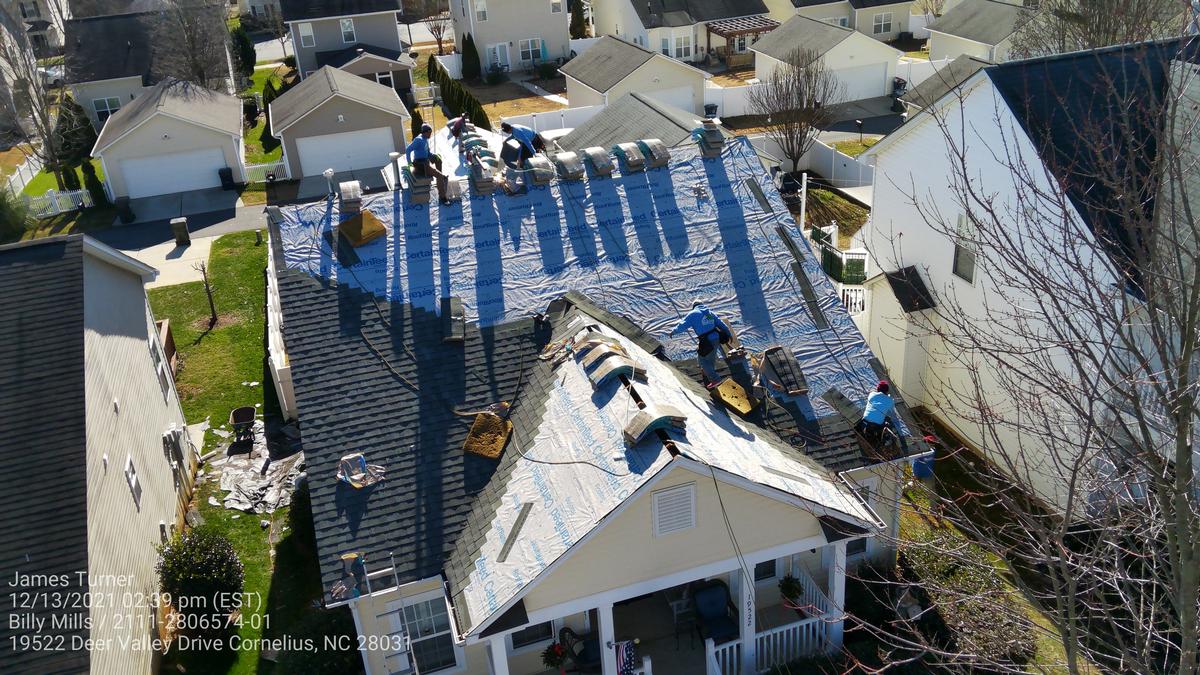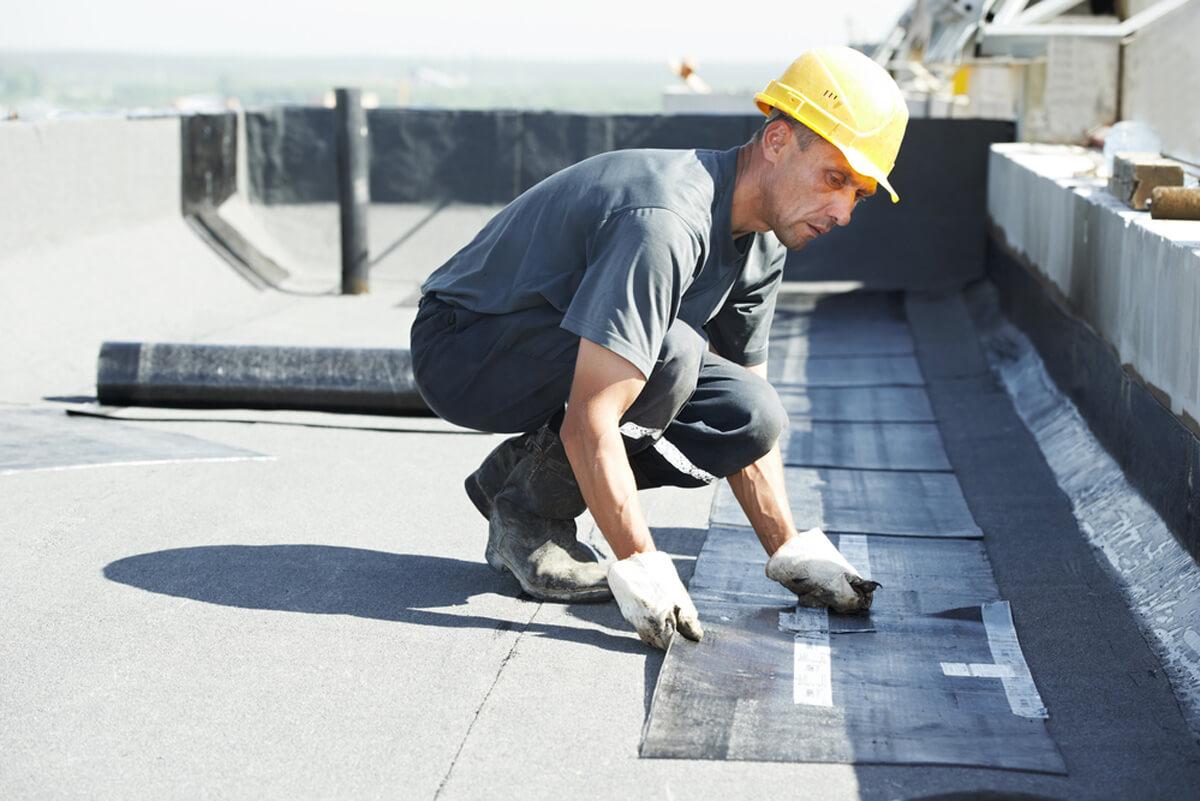Your Ultimate Guide to Choosing the Right Roofing Materials
Choosing the right roofing materials for your home can feel like a daunting task, especially with the myriad of options available today. As a homeowner, understanding the ins and outs of different materials is crucial for ensuring your roof not only enhances the aesthetic appeal of your home but also stands the test of time. Whether you’re drawn to the classic charm of asphalt shingles or the sleek modernity of metal roofing, knowing how to choose roofing that fits your specific needs and climate is key. In this comprehensive home roofing guide, we’ll walk you through a roof material comparison, exploring the best roofing options to help you make an informed decision. Let’s embark on this journey together and discover the perfect roofing solution that marries functionality with style.
Understanding Roofing Material Choices
When it comes to selecting the right roofing materials for your home, it’s essential to consider various factors and understand the pros and cons of different options. This section will explore the key elements that influence your choice and provide an overview of common roofing materials.
Factors Influencing Roofing Materials
Choosing the right roofing material involves considering several crucial factors. Climate plays a significant role, as different materials perform better in specific weather conditions. For instance, metal roofs excel in areas with heavy snowfall, while clay tiles are ideal for hot, arid climates.
Budget is another critical consideration. While some materials may have a higher upfront cost, they could prove more cost-effective in the long run due to their durability and longevity. It’s essential to balance initial expenses with long-term value.
Aesthetic appeal shouldn’t be overlooked either. Your roof contributes significantly to your home’s curb appeal, so choose a material that complements your home’s architectural style and enhances its overall appearance.
Pros and Cons of Common Materials
Asphalt shingles are popular due to their affordability and ease of installation. They come in various colors and styles, making them versatile for different home designs. However, they have a shorter lifespan compared to other materials and may not perform well in extreme weather conditions.
Metal roofing, on the other hand, offers excellent durability and energy efficiency. It can last up to 50 years or more with proper maintenance. The downside is its higher initial cost and potential for noise during rain or hailstorms.
Tile and slate roofing provide a distinctive look and exceptional longevity, often lasting over a century. They’re fire-resistant and environmentally friendly. However, they’re among the most expensive options and require specialized installation due to their weight.

Comparing Popular Roofing Options
In this section, we’ll dive deeper into a comparison of some of the most popular roofing materials, helping you understand their unique characteristics and how they stack up against each other.
Asphalt Shingles vs. Metal Roofs
Asphalt shingles and metal roofs are two of the most common roofing options, each with its own set of advantages. Asphalt shingles are budget-friendly and easy to install, making them a popular choice for many homeowners. They come in a variety of colors and styles, allowing for customization to match your home’s aesthetic.
Metal roofs, while more expensive initially, offer superior longevity and durability. They’re resistant to extreme weather conditions and can significantly reduce energy costs due to their reflective properties. Metal roofs are also recyclable, making them an environmentally friendly option.
When it comes to maintenance, metal roofs generally require less upkeep than asphalt shingles. However, asphalt shingles are easier and less expensive to repair if damage occurs. Your choice between these two options may depend on your budget, climate, and long-term plans for your home.
Tile and Slate Roofing Advantages
Tile and slate roofing materials offer unique advantages that set them apart from other options. Both are known for their exceptional durability and longevity, often lasting a century or more with proper maintenance. This longevity can offset their higher initial cost over time.
Aesthetically, tile and slate roofs provide a distinctive, high-end look that can significantly enhance your home’s curb appeal. They’re available in various colors and styles, allowing for customization to match different architectural designs.
These materials also offer excellent fire resistance and are environmentally friendly, as they’re made from natural materials. However, their weight requires a sturdy roof structure, and installation often requires specialized skills, which can increase overall costs.
Making the Best Roofing Decision
Choosing the right roofing material is a significant decision that impacts your home’s appearance, protection, and value. This section will guide you through the decision-making process and provide tips for a successful roof installation.
How to Choose Roofing for Your Needs
Selecting the ideal roofing material involves a careful assessment of your specific needs and circumstances. Start by considering your local climate. If you live in an area prone to severe weather, durability should be a top priority. For hot climates, materials with high reflectivity can help reduce cooling costs.
Next, evaluate your budget, including both initial costs and long-term expenses. While some materials may have a higher upfront cost, they could save you money over time through increased durability and energy efficiency.
Consider your home’s architectural style and choose a roofing material that complements it. This not only enhances your home’s appearance but can also increase its resale value. Lastly, check local building codes and homeowners association rules, as these may restrict certain roofing materials or colors.
Tips for a Successful Roof Installation
A successful roof installation starts with choosing a reputable contractor. Look for licensed, insured professionals with positive reviews and a portfolio of completed projects. Don’t hesitate to ask for references and check them thoroughly.
Timing is crucial for roof installation. Plan your project during a season with stable weather to avoid delays and potential damage during the installation process. If you’re replacing an existing roof, consider whether a complete tear-off is necessary or if you can overlay the new material.
Proper ventilation is often overlooked but is critical for the longevity of your roof and the energy efficiency of your home. Ensure your contractor addresses ventilation needs as part of the installation process.
Lastly, understand the warranty options for both materials and workmanship. A comprehensive warranty can provide peace of mind and protect your investment for years to come.










